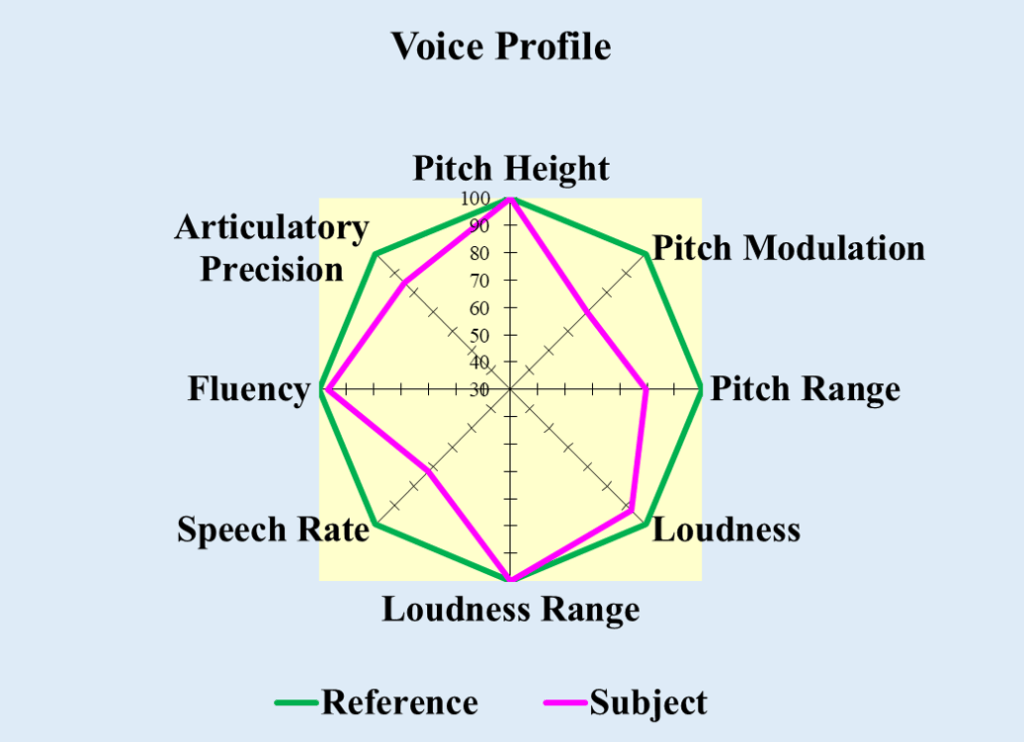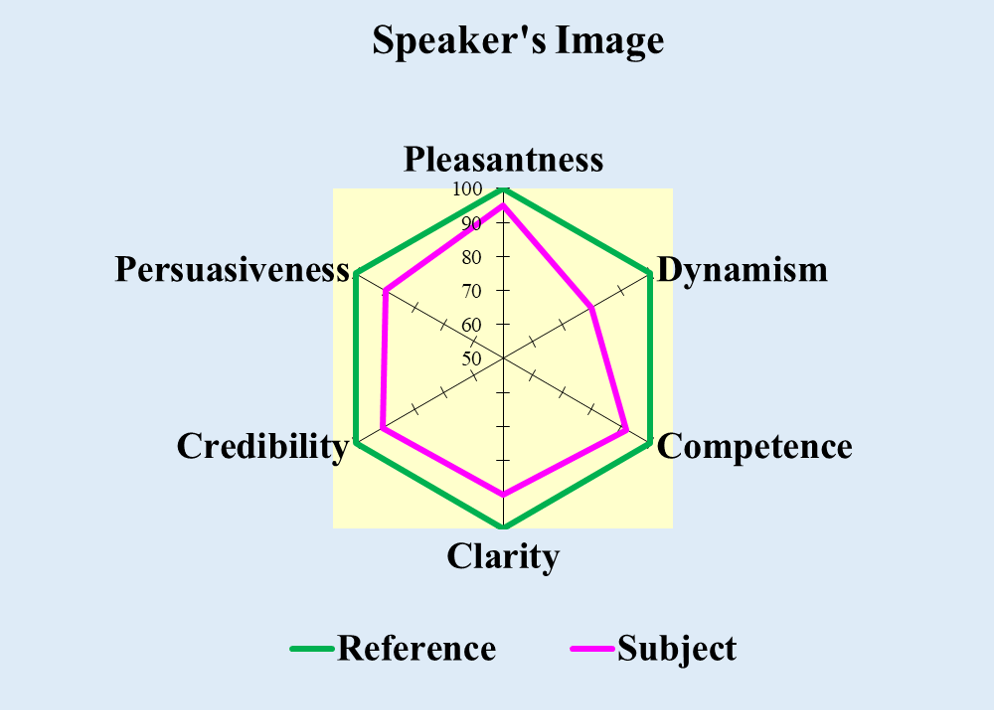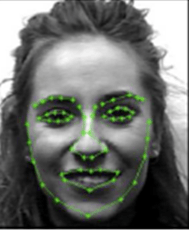Assessment provided by Vox Institute
Based on our professional assessments we can recommend the proper course to help you improve your performance
 Order Your Professional Speech and Voice Assessment
Order Your Professional Speech and Voice AssessmentThe human voice is a powerful tool for persuasion and leadership. It is very complex, it encodes the speaker’s personality, attitudes, style and emotions.
We all find it easy to detect when someone is sad, angry, interested or bored by listening to the inflection and timbre of their voice. However, analysing the way an individual uses his voice is a difficult task and it is often entirely subjective.
We have turned this subjective approach into a wholly objective one. Thanks to dedicated software, we are now able to analyse a human voice and detect with precision its acoustic features.
Vox Performance® - a computerised voice audit

VOICE ANALYSIS
Several samples of the client's voice are digitally recorded. These are analysed using acoustic signal analysis software and the results are then compared with those of a reference 'model' speaker's voice. The reference values were compiled by analysing a large number of highly effective communicators. The acoustic analysis produces a voice profile as shown in the octagon above. Different points represent the percentages of the model speakers’ values.
Armed with the objective facts one can then work on specific aspects in order to communicate more effectively. Such a voice audit provides precise objectives for professional training in delivery skills.
Armed with the objective facts one can then work on specific aspects in order to communicate more effectively. Such a voice audit provides precise objectives for professional training in delivery skills.

IMAGE ANALYSIS
The hexagon above is an example of the resulting image analysis of a speaker. As one can see, this person obtains high scores on pleasantness and clarity but does poorly on dynamism, clarity, credibility and persuasiveness.
Full professional speech and voice assessment.
How it works

Data collection
Using professional recording equipment several samples of the client's voice are recorded at a sampling rate of 44.1KHz

Data analysis
Voices are acoustically analysed by using a dedicated software. The results are then compared with those of reference 'model speakers’. The reference values were compiled by analysing a large number of highly effective communicators.

Receiving a voice profile
The acoustic analysis produces a voice profile. Different points represent the percentages of the model speakers’ values.

Preparation of a report and recommendations
Armed with the objective facts one can then work on specific aspects in order to communicate more effectively. Such a Voice Audit provides precise objectives for professional training in delivery skills.
Full professional assessment. Improve your performance!
Order Your Professional Voice Assessment
Professional assessment will allow you:
- To become aware of your strengths and weaknesses in speech communication
- To master the speaking style that enhances credibility and persuasiveness
- To master the strategic use of nonverbal behaviour (facial expressions, gestures, postures, gaze)
- To structure the content of presentations in a way that raises interest and maintains attention
Scientific research has proven that subtle facial expressions impact significantly not only on the quality but also on the understanding of the spoken word.
Non-verbal Impact®
Analysis of facial expressions and nonverbal behaviour

Analysis of Facial Expressions
Method: The video recording was analysed by using FACS method (Facial Action Coding System) elaborated by Prof. Paul Ekman (University of California)
Assessment of non-verbal behaviour. How it works

Data collection
A video recording of an authentic verbal interaction is analysed by using Facial Action Coding System (FACS)

Data analysis
Subtle features of the subject’s facial expressions are noted, and snapshots of most salient expressions are taken.

Receiving a written report
The findings regarding vocal behavior are discussed and detailed training objectives are determined.
Full professional assessment of non-verbal behaviour. Improve your performance!
Receive Full Professional Assessment
Professional assessment of non-verbal behaviour includes
- Repertory of facial expressions
- Degree of facial expressiveness
- Coherence between the verbal content of a message and accompanying facial expression
- Repertory of most frequently used facial muscles
- Some emotional constants
- Types of gestures, the speaker’s posture and gaze
 info@vox-institute.ch
info@vox-institute.ch +41 22 328 76 74
+41 22 328 76 74